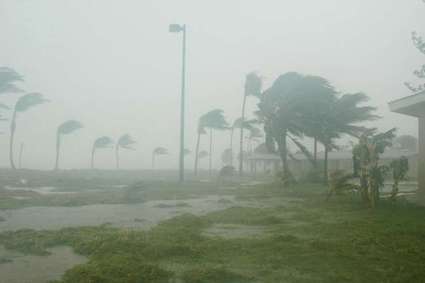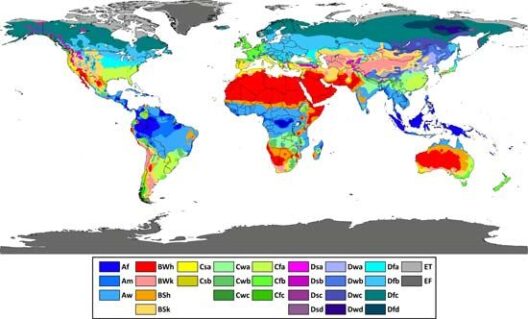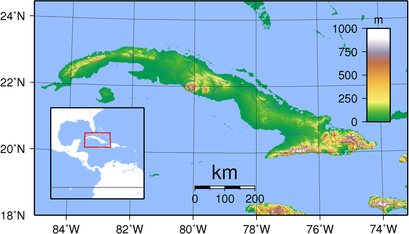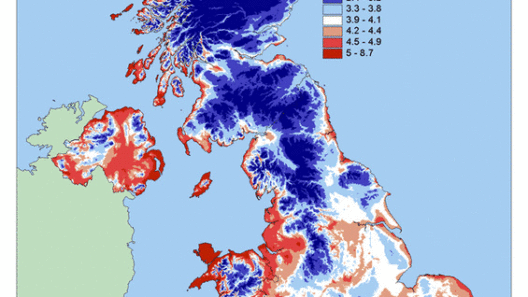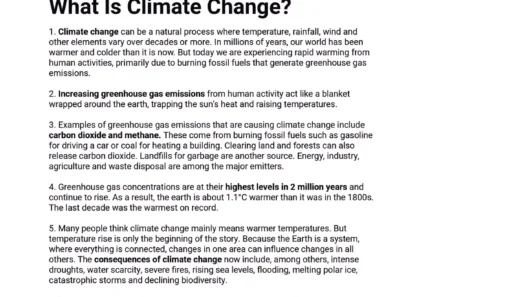The Southeastern United States, often characterized by its sultry summers and mild winters, presents a fascinating tableau of climatic diversity. This region, which encompasses states such as Florida, Georgia, South Carolina, and Alabama, is known for several distinct features that shape its atmospheric conditions. Let’s delve into this captivating climate that swathes the Southeast, exploring its elements: humidity, heat, hurricanes, and the enchanting southern skies.
First, a playful question: Have you ever wondered what it feels like to step outside in July in the Southeast, where humidity seems to wrap around you like a warm, damp blanket? The region is notorious for its high humidity levels, especially during the scorching summer months. The relative humidity can often exceed 80%, creating an environment where the air feels thick and heavy. This phenomenon occurs due to the geographic position of the Southeast, which is influenced largely by warm, moist air that flows in from the Gulf of Mexico. The excess moisture in the air often leads to oppressive heat, complicating the already warm temperature readings.
As the sun beats down relentlessly during summer, temperature highs can frequently reach the upper 90s (Fahrenheit). The heat index, which combines air temperature and humidity to reflect the human perception of temperature, can climb much higher. This results in a sweltering atmosphere where it might feel like 105°F or more. Residents often combat this heat with cooling systems, fans, and the frequent indulgence in cold beverages. Nonetheless, the humidity is a double-edged sword, fostering the lush greenery of the Southeast but also creating conditions ripe for discomfort.
Moreover, the Southeast showcases a dazzling array of natural beauty through its flora and fauna, largely owing to its climatic conditions. The heat and humidity support an extensive variety of ecosystems, ranging from coastal marshes to humid forests. The region is renowned for its biodiversity, with species like the majestic live oak and the vibrant azalea thriving in the warm, moist climate. However, this climatic sweet spot can pose challenges, particularly when it comes to the resilience of these ecosystems against climate fluctuations.
Following the discussion of heat and humidity emerges the formidable threat of hurricanes. The Southeast is positioned in a climate zone that makes it susceptible to tropical storms. The Atlantic hurricane season, which runs from June to November, can bring about powerful storms that wreak havoc along the coastline and inland. The warm waters of the Gulf and the Atlantic Ocean serve as the fuel for these storms, resulting in powerful hurricanes that can cause catastrophic damage. Residents must remain vigilant during this season, preparing in advance and heeding the guidance of meteorological updates.
Hurricanes are not merely an annual occurrence; they are manifestations of larger climatic patterns exacerbated by climate change. As sea temperatures rise, the intensity and frequency of hurricanes are expected to increase. This poses a significant challenge, as communities within the Southeast not only face the tangible repercussions of storms but also the long-term implications of adapting infrastructure and disaster response mechanisms to cope with these increasingly severe weather events.
Furthermore, beyond the threat of hurricanes, the Southeast experiences other weather phenomena, including thunderstorms and tornadoes. These events can be equally as destructive, with the region witnessing a spike in storm activity during the spring and summer months. Unlike hurricanes, which are more predictably tracked, thunderstorms can develop rapidly, often catching residents off guard. This unpredictability adds another layer to the climate challenges faced by those who reside in the Southeast.
As the southeastern skies transition from clear azure to tumultuous gray, one can observe the ever-changing nature of the weather. Indeed, the dynamism of the sky is a reflection of the climatic conditions at play. With the diurnal heating of the land, cumulus clouds can develop into sprawling thunderheads, showcasing nature’s volatility. The region enjoys striking sunsets and vivid sunrises influenced by the moisture in the air, leading to an extraordinary palette of colors that can captivate anyone fortunate enough to witness them.
This climatic juxtaposition—of scorching heat, punishing humidity, fierce storms, and serene beauty—poses a unique set of challenges for the future. As the Southeast grapples with the implications of climate change, issues such as rising sea levels and increased flooding threaten its coastal communities. Urban areas, particularly those built on low-lying lands, may face dire consequences if proactive measures are not taken.
Despite these challenges, the Southeast is also ripe with opportunities for innovation and growth in climate resilience. The infusion of green technologies, improved building codes, and community-based adaptation strategies are crucial in addressing the shifting climatic patterns. It becomes imperative for residents, policymakers, and environmentalists to unite in fostering a holistic approach towards sustainability that honors the history and magnificence of this vibrant region.
Within the confines of the Southeast lie both beauty and peril. The interplay of humidity, heat, hurricanes, and the captivating skies forms a narrative that is as complex as it is beautiful. The climate is a reflection of larger global trends and offers a unique opportunity for individuals and communities to engage in meaningful discourse about environmental stewardship and proactive adaptation. As we contemplate the implications of climate change, the actions taken today will undoubtedly influence the climate of the Southeast for generations to come.



